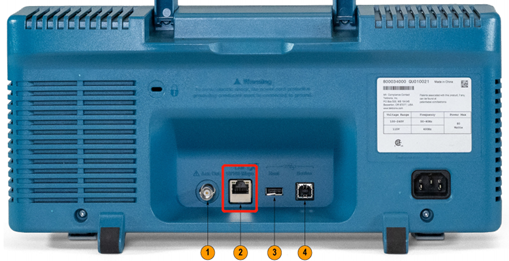What#39;s the strangest corner case you#39;ve seen in C# or .NET?(您在 C# 或 .NET 中见过的最奇怪的极端案例是什么?)
问题描述
I collect a few corner cases and brain teasers and would always like to hear more. The page only really covers C# language bits and bobs, but I also find core .NET things interesting too. For example, here's one which isn't on the page, but which I find incredible:
string x = new string(new char[0]);
string y = new string(new char[0]);
Console.WriteLine(object.ReferenceEquals(x, y));
I'd expect that to print False - after all, "new" (with a reference type) always creates a new object, doesn't it? The specs for both C# and the CLI indicate that it should. Well, not in this particular case. It prints True, and has done on every version of the framework I've tested it with. (I haven't tried it on Mono, admittedly...)
Just to be clear, this is only an example of the kind of thing I'm looking for - I wasn't particularly looking for discussion/explanation of this oddity. (It's not the same as normal string interning; in particular, string interning doesn't normally happen when a constructor is called.) I was really asking for similar odd behaviour.
Any other gems lurking out there?
I think I showed you this one before, but I like the fun here - this took some debugging to track down! (the original code was obviously more complex and subtle...)
static void Foo<T>() where T : new()
{
T t = new T();
Console.WriteLine(t.ToString()); // works fine
Console.WriteLine(t.GetHashCode()); // works fine
Console.WriteLine(t.Equals(t)); // works fine
// so it looks like an object and smells like an object...
// but this throws a NullReferenceException...
Console.WriteLine(t.GetType());
}
So what was T...
Answer: any Nullable<T> - such as int?. All the methods are overridden, except GetType() which can't be; so it is cast (boxed) to object (and hence to null) to call object.GetType()... which calls on null ;-p
Update: the plot thickens... Ayende Rahien threw down a similar challenge on his blog, but with a where T : class, new():
private static void Main() {
CanThisHappen<MyFunnyType>();
}
public static void CanThisHappen<T>() where T : class, new() {
var instance = new T(); // new() on a ref-type; should be non-null, then
Debug.Assert(instance != null, "How did we break the CLR?");
}
But it can be defeated! Using the same indirection used by things like remoting; warning - the following is pure evil:
class MyFunnyProxyAttribute : ProxyAttribute {
public override MarshalByRefObject CreateInstance(Type serverType) {
return null;
}
}
[MyFunnyProxy]
class MyFunnyType : ContextBoundObject { }
With this in place, the new() call is redirected to the proxy (MyFunnyProxyAttribute), which returns null. Now go and wash your eyes!
这篇关于您在 C# 或 .NET 中见过的最奇怪的极端案例是什么?的文章就介绍到这了,希望我们推荐的答案对大家有所帮助,也希望大家多多支持编程学习网!
本文标题为:您在 C# 或 .NET 中见过的最奇怪的极端案例是什么?


基础教程推荐
- 错误“此流不支持搜索操作"在 C# 中 2022-01-01
- 在 VS2010 中的 Post Build 事件中将 bin 文件复制到物 2022-01-01
- 如何动态获取文本框中datagridview列的总和 2022-01-01
- 经典 Asp 中的 ResolveUrl/Url.Content 等效项 2022-01-01
- JSON.NET 中基于属性的类型解析 2022-01-01
- 将事件 TextChanged 分配给表单中的所有文本框 2022-01-01
- 从 VS 2017 .NET Core 项目的发布目录中排除文件 2022-01-01
- 全局 ASAX - 获取服务器名称 2022-01-01
- 首先创建代码,多对多,关联表中的附加字段 2022-01-01
- 是否可以在 asp classic 和 asp.net 之间共享会话状态 2022-01-01

















